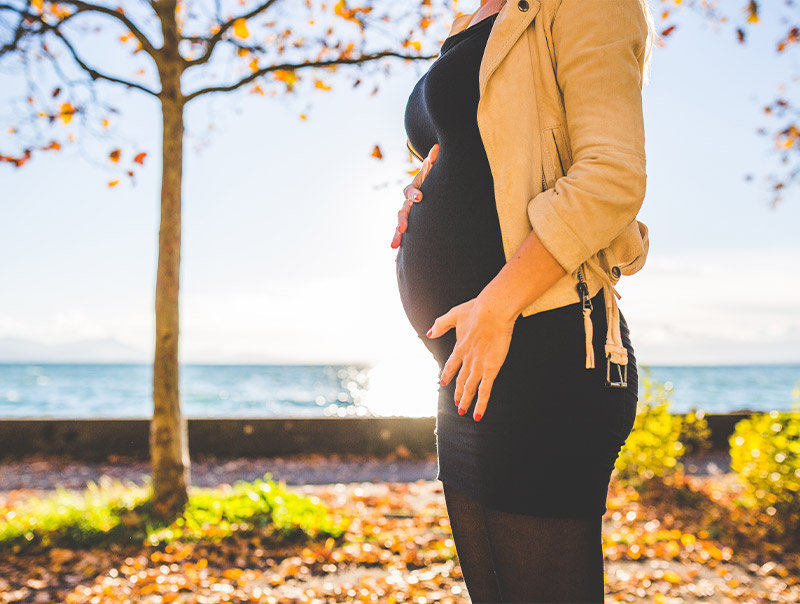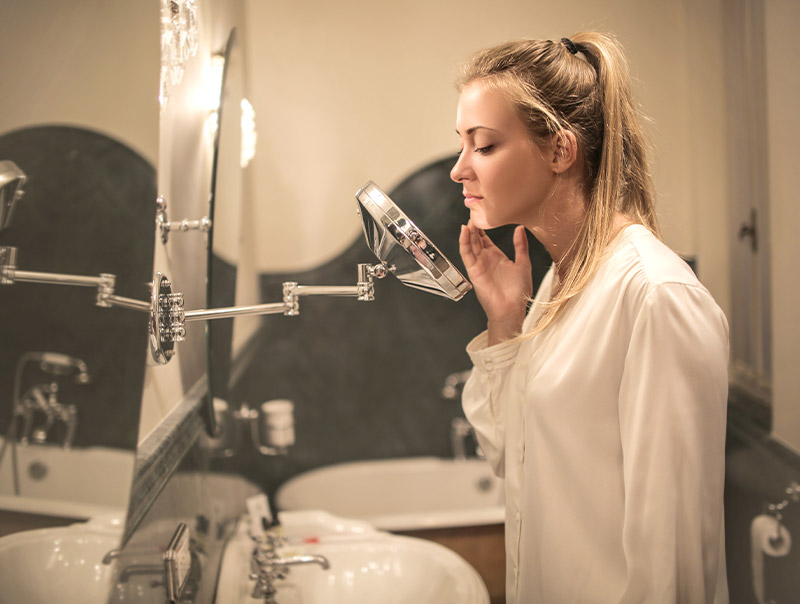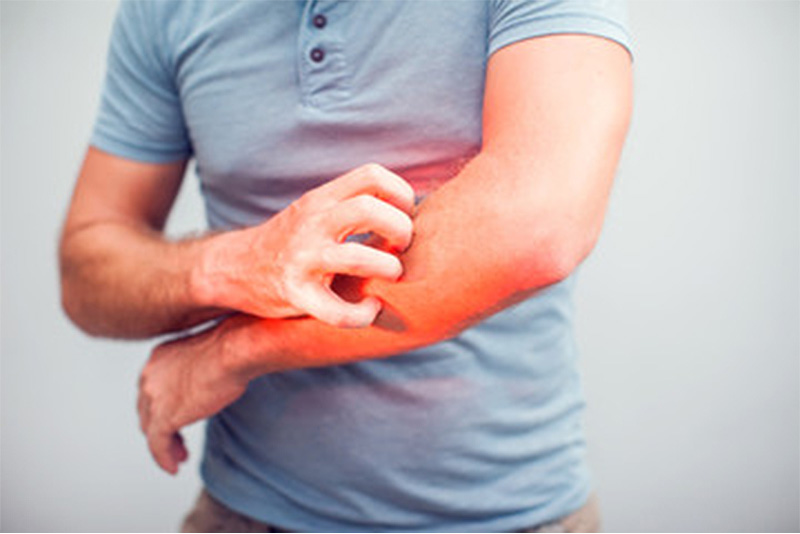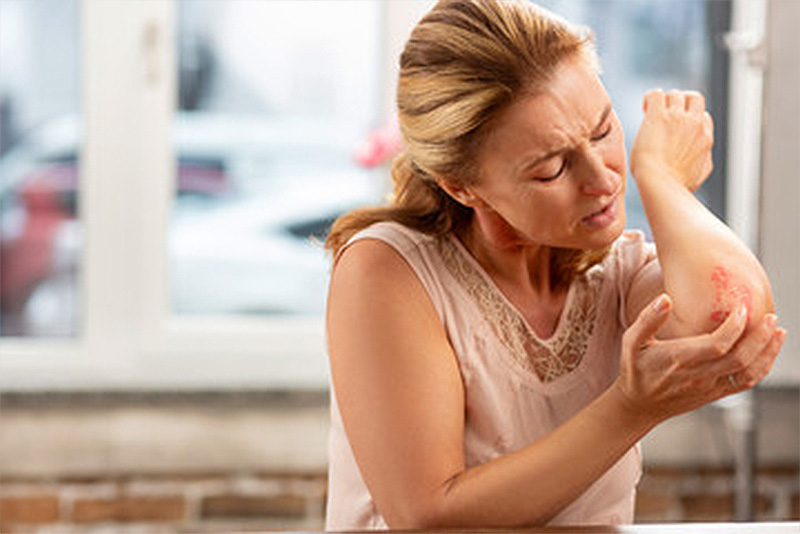Eczema is a general term used to describe an inflammation of the skin. In fact, eczema is a series of chronic skin conditions that produce itchy rashes; scaly, dry and leathery areas; skin redness; or inflammation around blisters. It can be located anywhere on the body, but most frequently appears in the creases on the face, arms and legs. Itchiness is the key characteristic and symptom of eczema. When scratched, the lesions may begin to ooze and get crusted. Over time, painful cracks in the scaly, leathery tissue can form.
Eczema affects people of all races, genders and ages. It is thought to be hereditary and is not contagious. The cause of eczema remains unknown, but it usually has physical, environmental or lifestyle triggers. Coming into contact with a trigger, such as wind or an allergy-producing fabric, launches the rash and inflammation. Although it is possible to get eczema only once, the majority of cases are chronic and are characterized by intermittent flare-ups throughout a person’s life.
For mild cases, over-the-counter topical creams and antihistamines can relieve the itching. In persistent cases, a dermatologist will likely prescribe stronger medicine, such as steroid creams, oral steroids (corticosteroids), antibiotic pills or antifungal creams to treat any potential infection.
The best form of prevention is to identify and remove the trigger. You should also use mild cleansers and keep your skin well moisturized at all times. Also avoid scratching the rash (which can lead to infection) and situations that make you sweat, such as strenuous exercise.
Leading Types of Eczema
Eczema takes on different forms depending on the nature of the trigger and the location of the rash. While they all share some common symptoms – like itchiness – there are differences. Following are some of the most common types of eczema.
Atopic Dermatitis
The most frequent form of eczema, atopic dermatitis is thought to be caused by abnormal functioning of the body’s immune system. It is characterized by itchy, inflamed skin. Atopic dermatitis tends to run in families. About two-thirds of the people who develop this form of eczema do so before the age of one. Atopic dermatitis generally flares up and recedes intermittently throughout the patient’s life.
Contact Dermatitis
Contact dermatitis is caused when the skin comes into contact with an allergy-producing agent or an irritant, such as chemicals. Finding the triggering allergen is important to treatment and prevention. Allergens can be things like laundry detergent, cosmetics, jewelry, fabrics, perfume, diapers and poison ivy or poison sumac.
Dyshidrotic Dermatitis
This type of eczema strikes the palms of the hands and soles of the feet. It produces clear, deep blisters that itch and burn. Dyshidrotic dermatitis occurs most frequently during the summer months and in warm climates.
Neurodermatitis
Also known as Lichen Simplex Chronicus, this is a chronic skin inflammation caused by a continuous cycle of scratching and itching in response to a localized itch, like a mosquito bite. It creates scaly patches of skin, most commonly on the head, lower legs, wrists or forearms. Over time, the skin may become thickened and leathery.
Nummular Dermatitis
This form of eczema appears as round patches of irritated skin that may be crusted, scaly and extremely itchy. Nummular dermatitis most frequently appears on the arms, back, buttocks and lower legs, and is usually a chronic condition.
Seborrheic Dermatitis
Seborrheic dermatitis is a common condition that causes yellowish, oily and scaly patches on the scalp, face or other body parts. Dandruff, in adults, and cradle cap, in infants, are both forms of seborrheic dermatitis. Unlike other types of eczema, seborrheic dermatitis does not necessarily itch. It tends to run in families. Known triggers include weather, oily skin, emotional stress and infrequent shampooing.
Stasis Dermatitis
Also known as varicose eczema, this form of eczema is a skin irritation that appears on the lower legs of middle-aged and elderly people. It is related to circulation and vein problems. Symptoms include itching and reddish-brown discoloration of the skin on one or both legs. As the condition progresses, it can lead to blistering, oozing and skin lesions.





